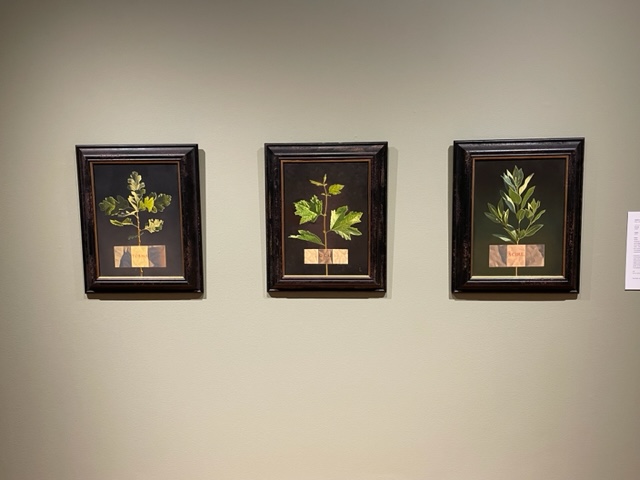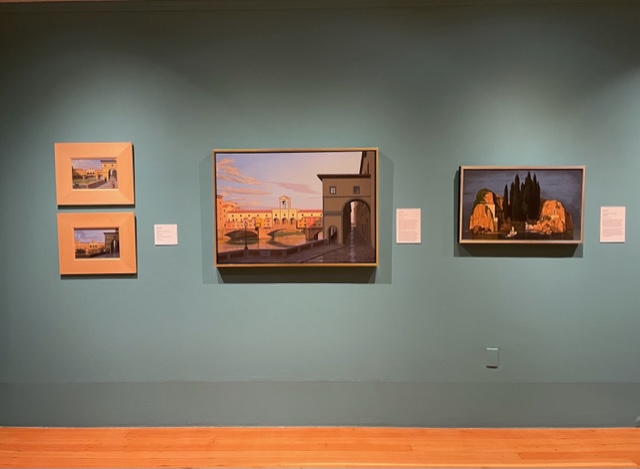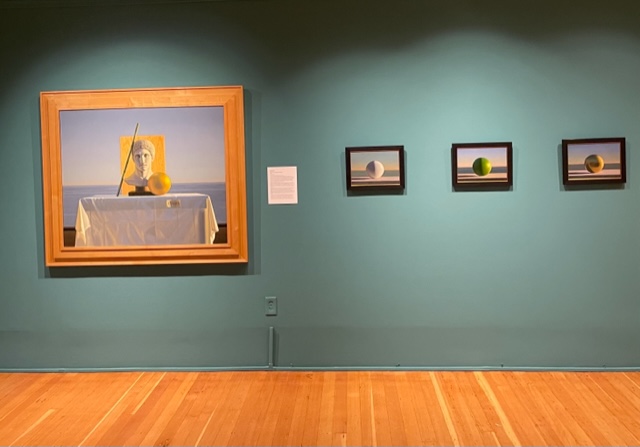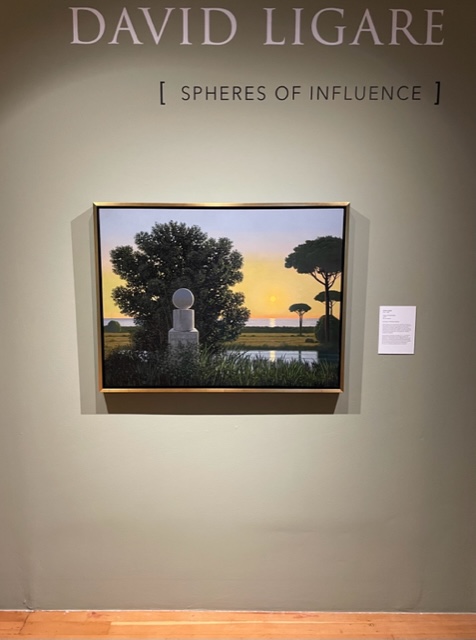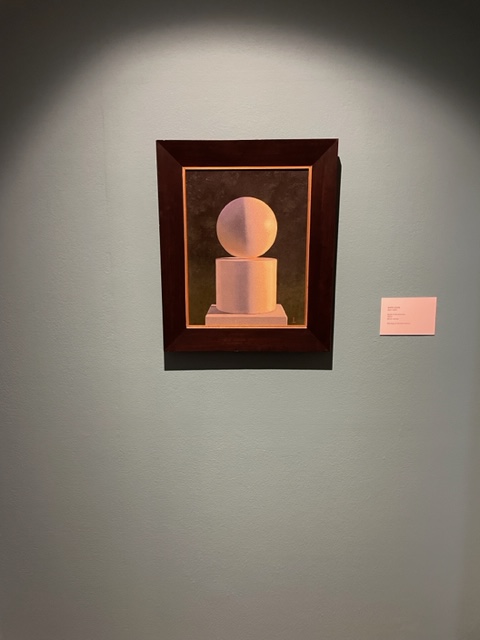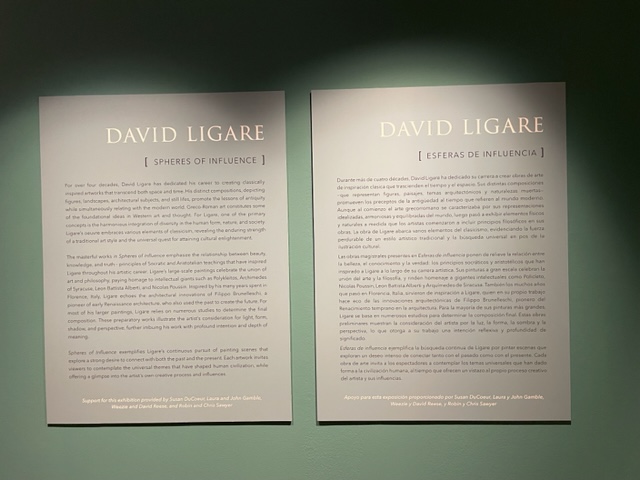

Today we’d like to introduce you to David Ligare.
Hi David, thanks for joining us today. We’d love for you to start by introducing yourself.
I was born in Oak Park, Illinois, but my parents moved to Manhattan Beach, CA, when I was five. I began attending Art Center when I was still in high school and later attended full-time. I began exhibiting in New York in 1966 and had my first solo exhibition there in 1969. In 1968, I moved to Big Sur. I was attracted to the powerful relationship of the mountains and the sea as they had been described and mythologized by the poet Robinson Jeffers. In 1974, I met my husband, Gary Smith, and we eventually moved to Corral de Tierra, a valley in Monterey County described by John Steinbeck as the “Pastures of Heaven.” I continued to exhibit in New York with additional exhibitions at Koplin Gallery in Los Angeles and galleries in London, Rome, San Francisco, Santa Fe, and elsewhere. I have been in perhaps a hundred group exhibitions and am in the collections of The Museum of Modern Art in New York, The DeYoung Museum in San Francisco, The Wadsworth Atheneum, and many more. I continue to work and will have a solo exhibition at Hirschl & Adler Gallery in New York in September of 2024.
Would you say it’s been a smooth road, and if not, what are some of the biggest challenges you’ve faced along the way?
In 1978, I had a successful exhibition in New York of what I called “Thrown Drapery” paintings. They were of a piece of white cloth hovering above the sea, and they were all named after Greek Islands. The next year, I decided that there were so many artists making all manner of styles and methods of Contemporary art that I would do something else entirely: I would make narrative paintings based on Greco/Roman Art, architecture, literature, philosophy, etc. While my art education at Art Center was excellent, I knew nothing of Greek or Roman history, so I began studying the subject in depth. Since that time, I have had many exhibitions in galleries in the US and Europe and been published in many books, but I have never attracted a critic who could or would adequately explain the reasoning and the concepts behind my work. Very often I have used history to underscore or illuminate a contemporary problem or issue by way of the perspective of history. It is my central belief that, as a society, we are in need of a renewed desire for in-depth knowledge, and our Pop culture, as entertaining as it might be, is not giving us that passion for learning. In addition, representational painting displays a reverence for the look of nature and the integrity of the thing described.
Risk-taking is a topic that people have widely differing views on – we’d love to hear your thoughts.
When I began making paintings based on history, I was going against everything that was being done in the art world of that time. Historical narratives were, generally speaking, against Contemporary art rules. One critic basically said that I couldn’t do what I was doing because all great artists dressed their figures in contemporary clothes. He was, of course, ignorant of artists like Nicolas Poussin (one of my guiding stars), who never once clothed his subjects in contemporary dress.
Contact Info:
- Website: www.davidligare.com


